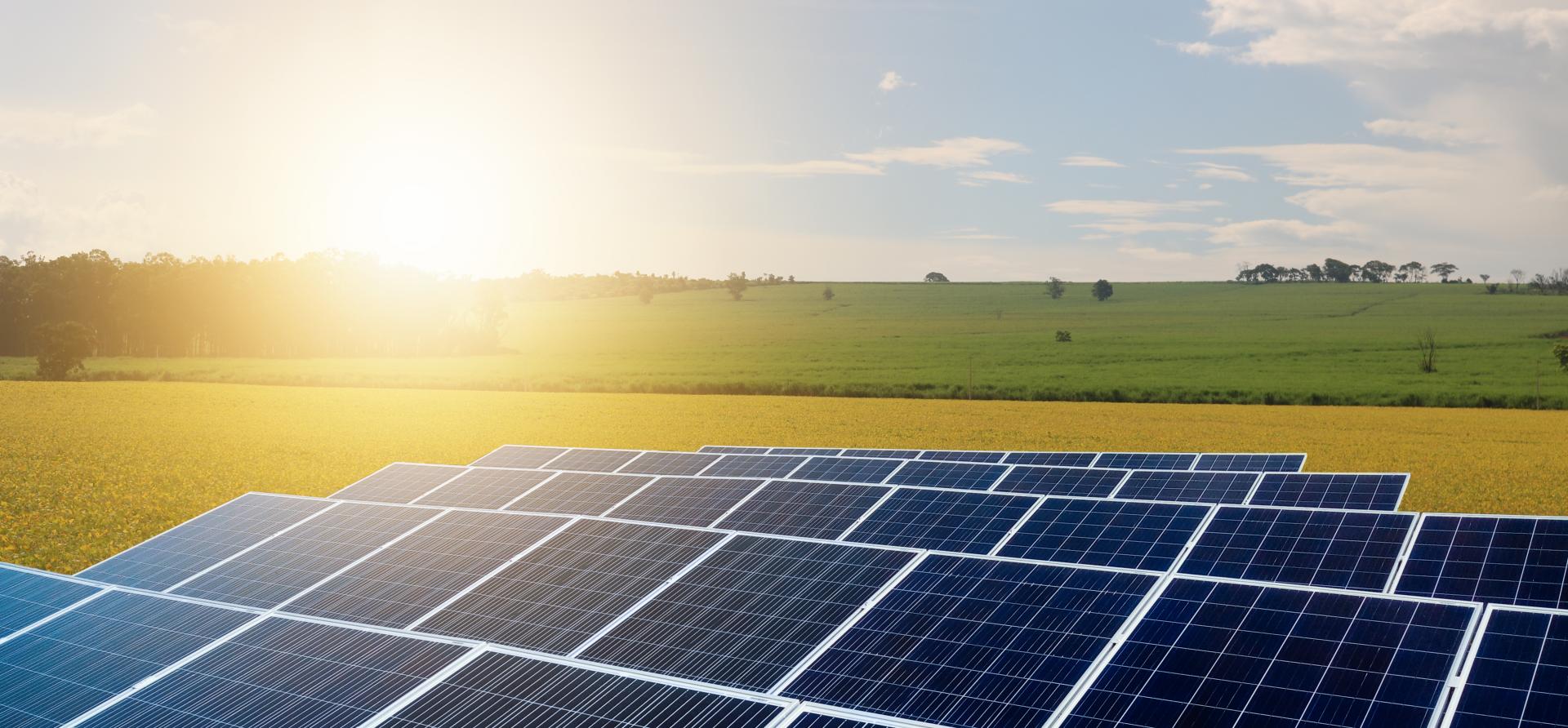Ahead on solar, woefully behind on distributed energy resource standards

Key Findings
Distributed energy resource technical standards are well overdue in the National Electricity Rules.
DER technical standards are currently set through different processes, each with different compliance and enforcement and each disconnected from the other.
Despite being ahead on rooftop solar installs, Australia is behind other jurisdictions (such as Germany and California) in putting sensible governance arrangements in place for distributed energy resource (DER) technical standards.
Australia is behind other jurisdictions
DER technical standards – covering smart devices including rooftop solar systems, air conditioners, electric vehicle (EV) chargers, pool pumps and the like – are designed or chosen to support electrical system security, distribution network management and affordability for consumers, including through the sale of DER services.
DER technical standards are well overdue in the National Electricity Rules.
The Australian Energy Market Commission (AEMC) recently released a consultation paper on an Energy Security Board’s (ESB’s) rule change proposal for new governance arrangements for DER technical standards.
Although nothing could be drier, nothing could also be more important for making the best use of inverters, smart appliances, EVs and other DER.
DER technical standards are currently set through different processes, each with different compliance and enforcement and each disconnected from the other. There is no process for incorporating DER standards into the National Electricity Rules nor is there any group with leadership or coordination.
DER technical standards are well overdue
The ESB’s rule change proposal lodged in August 2020 aims to change this by establishing the AEMC as the decision-making organisation for DER technical standards, informed by a Standards Committee of experts (comparable to the Reliability Panel for large-scale generation standards and market settings).
In its consultation paper last year, the ESB proposed the DER Standards Governance Committee would be responsible for:
- Setting a vision for DER technical standards
- Developing a technical standards work program
- Monitoring, reviewing and setting DER technical standards
- Considering issues related to compliance and enforcement of standards in their development, and
- Providing advice on standards and undertaking related reviews.
While the AEMC’s Consultation Paper sets out a narrower role for the Committee, it is important that the broad role, including a forward work program, is retained to ensure the Committee looks to the future and is not simply reactive to issues of the moment.
A DER Standards Committee needs to be well resourced and quickly catch up with with ensuring the appropriate DER technical standards are part of the National Electricity Market rules.
To ensure the outcome of fit-for-purpose governance, IEEFA supports putting the standards into a subordinate instrument under the Rules. If the standards are in the Rules themselves, this would require onerous rule changes for updates or new standards, the opposite to the timely fit-for-purpose process envisaged by the ESB’s rule change.
How each standard is developed should be determined by the Standards Committee on a case-by-case basis. The Committee could choose to develop the standards in-house (through, for example, a technical expert sub-committee); draw on Standards Australia or the Distributed Energy Integration Program’s (DEIP) existing processes; adopt an international standard, or undertake an alternative process.
In this way, each standard would be set in the most efficient, effective and appropriate manner.
And given this, the AEMC should be required to adopt the Committee’s recommendations unless there are specific, substantive reasons for not doing so and these should be made public.
Read IEEFA’s submission to the AEMC: Keeping Up With the Standards – Submission in Support of the Governance of DER Technical Standards (Ref. ERC0319) Proposal
This article first appeared in Renew Economy
















